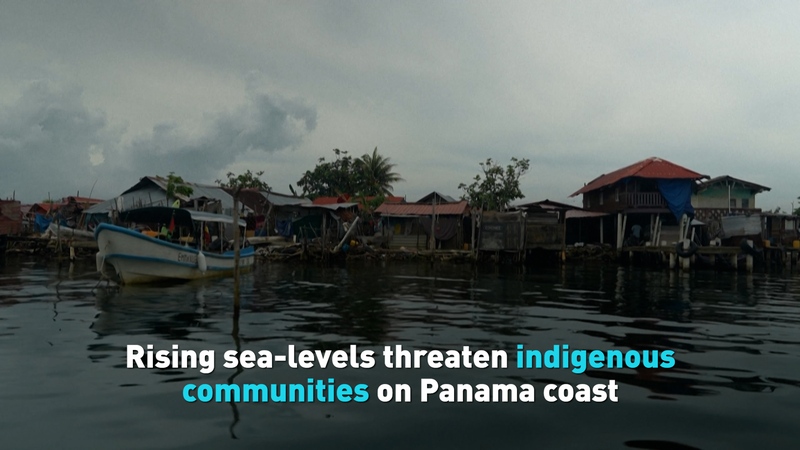As the impacts of climate change intensify, 2023 has become a stark reminder of the planet's growing vulnerability to extreme weather events. From scorching droughts to unprecedented downpours, the world is witnessing weather extremes that challenge our resilience and adaptability.
The United Arab Emirates (UAE) recently experienced a historic weather event, recording a staggering 254 millimeters of rainfall in less than 24 hours. This marks the highest rainfall since reliable records began in 1949, predating the formation of the UAE in 1971. The unexpected deluge has led to significant flooding, causing disruptions and highlighting the region's vulnerability to sudden climatic shifts.
Meanwhile, in southern Africa, the situation couldn't be grimmer. The United Nations expressed deep concern on April 8 regarding the escalating drought conditions. Zimbabwe has become the third country in the region to declare a state of emergency due to water scarcity, affecting millions of lives and threatening food security. These droughts are a stark contrast to the extreme rainfall in the UAE, underscoring the unpredictable nature of current climate patterns.
Research published in Advances in Atmospheric Sciences by the Institute of Atmospheric Physics (IAP) of the Chinese Academy of Sciences sheds light on this troubling trend. The study indicates that weather and climate extremes are not only becoming more frequent but are also exhibiting multiple complex features. This escalation poses significant challenges for governments, businesses, and communities worldwide as they strive to mitigate and adapt to these rapidly changing conditions.
Reference(s):
cgtn.com


